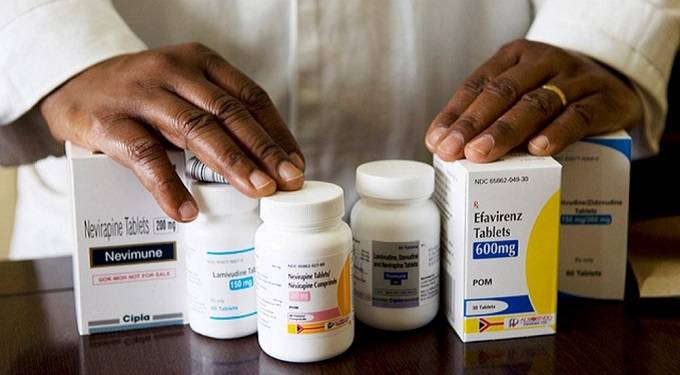Zimbabwe HIV drug resistance rate high

Thandeka Moyo, Health Reporter
ZIMBABWE is among the top six countries in Africa with a high HIV drug resistance rate especially among women, the World Health Organisation (WHO) 2019 Drug Resistance report has revealed.
South Africa tops the list with a 23.6 percent Pretreatment Drug Resistance (PDR) to Efavirenz or Nevirapine — components of antiretroviral drugs followed by Namibia which has a 13.8 percent while Zimbabwe has 10.9 percent PDR to EDF/NVP.
Globally there are 18 countries including Swaziland, Cameroon, Namibia, Uganda, Nepal, Cuba, Vietnam, Brazil and Mexico whose rise in antimicrobial resistance (AMR) is one of the greatest threats to global health.
“About 12 of 18 countries that reported survey findings to WHO, PDR to nevirapine/efavirenz in populations initiating first-line ART had reached levels above 10 percent and these include Swaziland, Cuba, Guatemala, Honduras, Namibia, Nepal, Nicaragua, Papua New Guinea, South Africa, Uganda and Zimbabwe. In the Ssdc region, South Africa tops the list with a 23.6 percent Pretreatment Drug Resistance (PDR) to efavirenz/nevirapine followed by Namibia which has a 13.8 percent PDR to EFV/NVP while Zimbabwe has 10.9 percent PDR to EDF/NVP,” read the report.
The rise in drug resistant cases according to WHO, if not urgently addressed, may result in millions of deaths, an increase in new and hard-to-treat infections and increased health-care costs.
“As a result, combating AMR, including the threat posed by drug-resistant HIV, is a major goal for the global community. Prevention, monitoring and timely response to population levels of HIV drug resistance (HIVDR) is critical to achieving the WHO/UNAIDS 90–90–90 targets for 2020,” read the report.
In 2020, 90 percent of people living with HIV should know their HIV status, 90 percent of those who know their HIV-positive status should be accessing treatment and 90 percent of people receiving treatment should have suppressed viral loads.
WHO said these findings are important since women comprise a larger proportion of the population living with HIV globally and especially in sub-Saharan Africa, the region with the highest burden of HIV infection.
“Another subpopulation at high risk of PDR is individuals reinitiating first-line ART and reporting previous exposure to ARV drugs for example, for preventing the mother-to-child transmission of HIV, previous ART for treating HIV infection, post-exposure prophylaxis (PEP) and pre-exposure prophylaxis (PrEP),” read the report. — @thamamoe











Comments